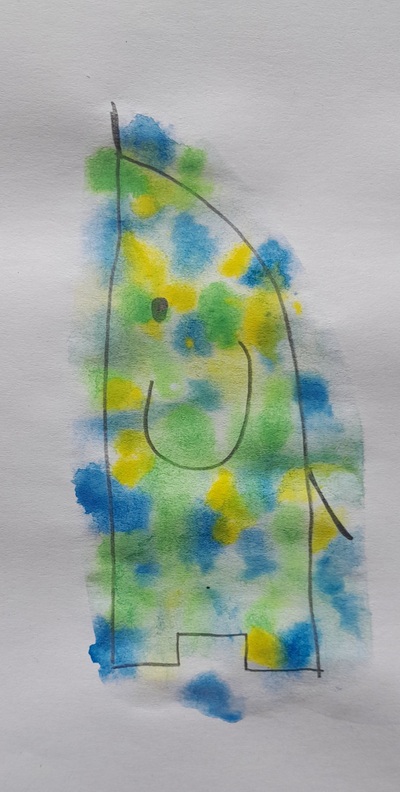
The artist
This is not Pablo Picasso’s first appearance in our lesson because last week, in our unit on animals, we looked at elephants by different artists and among them was also the most amazing and the most beautiful elephant by Pablo Picasso (see below). Even then I knew that it would not be the last we see of it.
I was planning to introduce Pablo Picasso in our traditional way, with the country and his favourite things (faces, shapes and line drawings) and I have prepared our gallery for it, but, as it sometimes happens, there was no time for that in the lesson. We are going to catch up on that next time, in our final lesson in this academic year.
In this lesson, we only looked at different one line animals created by Picasso and we tried to guess which ones they are using this set of visuals on wordwall.
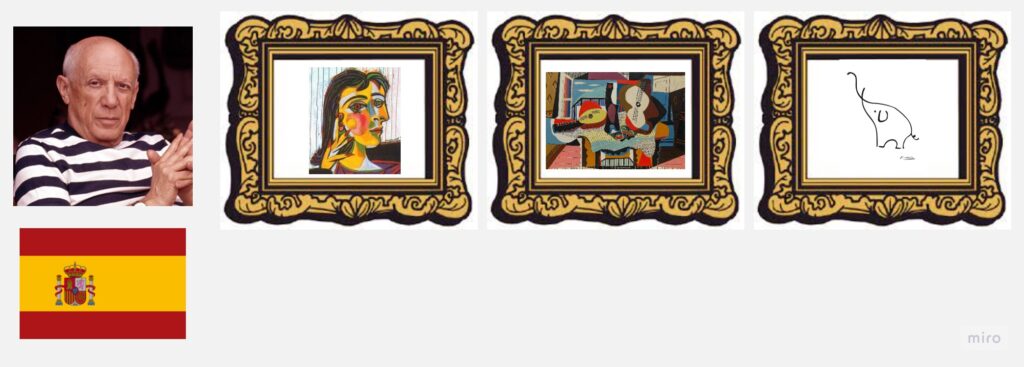
The language
This lesson was a part of our Animals unit and the langauge that we have been working on and this was one more chance for us to use and to practise the following langauge: names of animals, categorising animals (big and small, I like and I don’t like) and, most importantly, talking about what animals and what we can do, using I can and I can’t and a series of verbs. We have based it on the song from Super Simple Songs, Little Bird, and we have been working on extending the list of verbs beyond the song.
We have already been playing with the spinner, asking the question: ‘Can you jump?’ and doing the actions to prove that, yes, we can but not as much language came out of it, even though it has been one of our favourite activities recently. This Monday, however, we started to adapt the song and sing it for all the kids, one by one (‘Sasha, Sasha, can you clap?’) and, finally, the langauge came out it. The girls were either singing or singing-reciting their answers, in full sentences. Hooray! Hooray! Hooray!
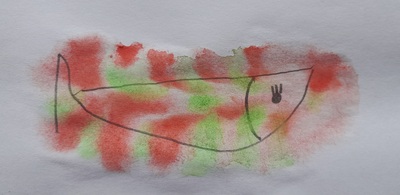
The art
In the last few lessons, we have done a lot of work with paper, scissors and glue, creating various toys. It was fun and lots of it but, at the same time, I was getting ready to introduce a new technique in our lessons. That is how the idea of upgrading Picasso came about.
I have looked through all the amazing line drawings that Picasso created and I was experimenting with the animals that we could all draw in class, online. Unfortunately, that meant that I had to give up on the chameleon (although that would have been the animal to upgrade with colours!) but I will leave it for another occasion. The flamingo and the horse were the other ones that I was considering but decided against, in the end, because they would be a bit too complicated for the younger students.
Eventually, I have chosen the elephant, the fish and the owl because they are simple and they represent three different actions and animals from the song which was also used during the craft activity. The verses of the song helped us to punctuate the activity as we sang it at the end of every stage of the craft, that is, after we completed the fish, after the completed the elephant and after we completed the elephant.
Before the lesson I experimented with the technique and checked with the parents that all the resources were available at home. In class, we went through all the resources, showing them to the camera, as usual: an A4 piece of paper, a pencil, paintbrushes, watercolours and two pots with water, one with the regular water and one with the water with salt.
First we drew the fish, step by step. I was drawaing one element, the kids followed and I waited for them to finish. This was not our first drawing dictation so the kids are now very good at following, showing the piece of paper to the camera after each step. Normally, I hold the piece of paper on a clipboard and I show it to the camera. This time, however, I decided to hold the camera over the paper because of the watercolours and I did it consistently throughout the activity. We drew three animals, one by one and put the pencils away.
The idea for upgrading Picasso I got from this great video on youtube. First, we prepared the based and covered the drawing of the owl with the water mixed with salt. The we put it away and started to apply the paints, first one colour, then the other. It is necessary to take some paint with the paintbrush and delicately touch the paper. The colour should spill and seep into the paper beautiful, opening like a flower. It has to be done slowly and carefully in order to be able to observe how that happens. After the first colour is applied in such a way, we repeat with the other or with the others, depending on what the kids choose.
In the end of the stage, I announced ‘I am ready. My owl is blue, red and pink’ and elicited the same from the kids. Afterwards, we sang the verse for the owl. This gave the kids a little bit more time to complete their birds.
Later on, we moved on the the other two animals and repeated the steps. I told the parents to leave the animals somewhere to let them dry completely.
My students were really involved and they had a lot of fun. One of them even used the animals to play a game with her dad and grandma (‘What animal is it? Can you guess?’). They drew their own Picasso animals themselves and they upgraded them beautifully. I was a very proud teacher that day!
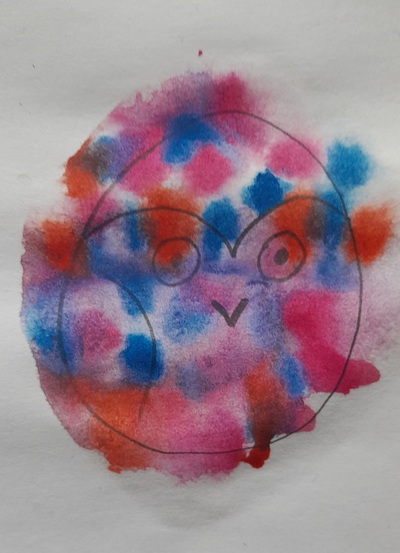
And the most amazing of one line drawings and the most amazing of elephants that actually made me fall in love with Picasso…
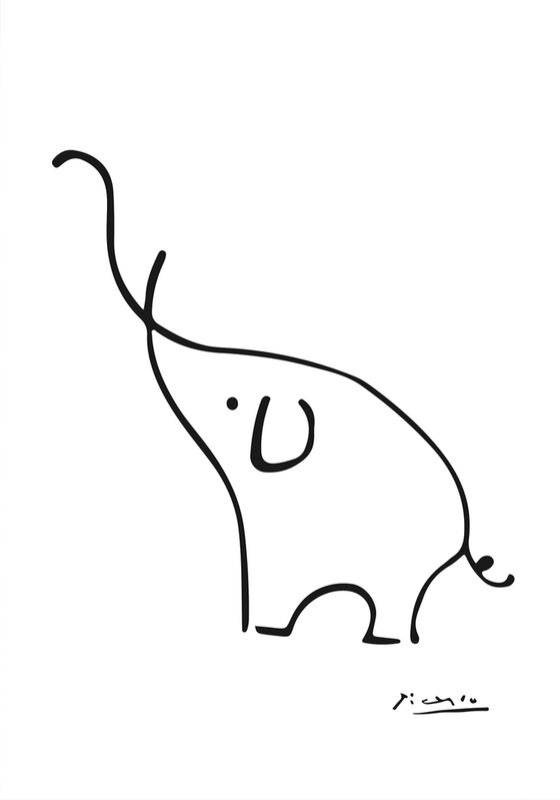
Happy teaching!